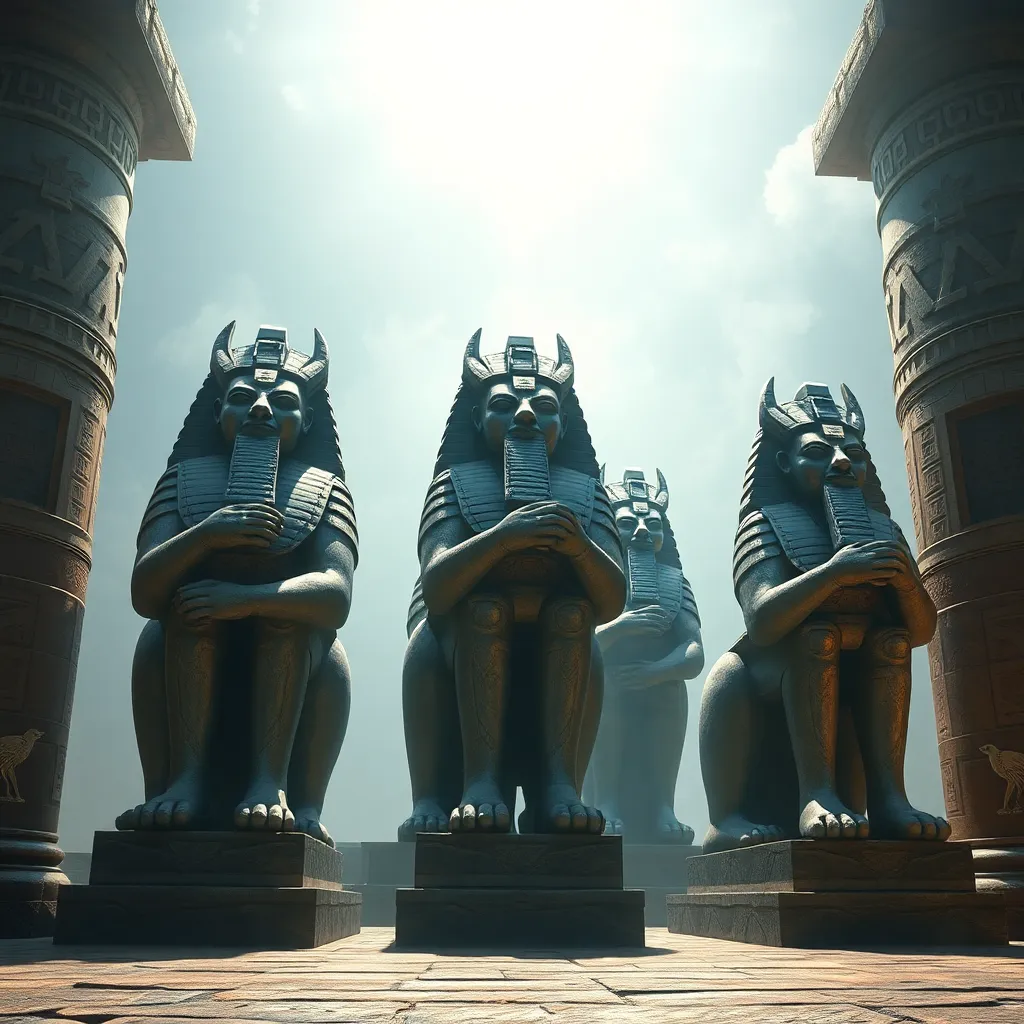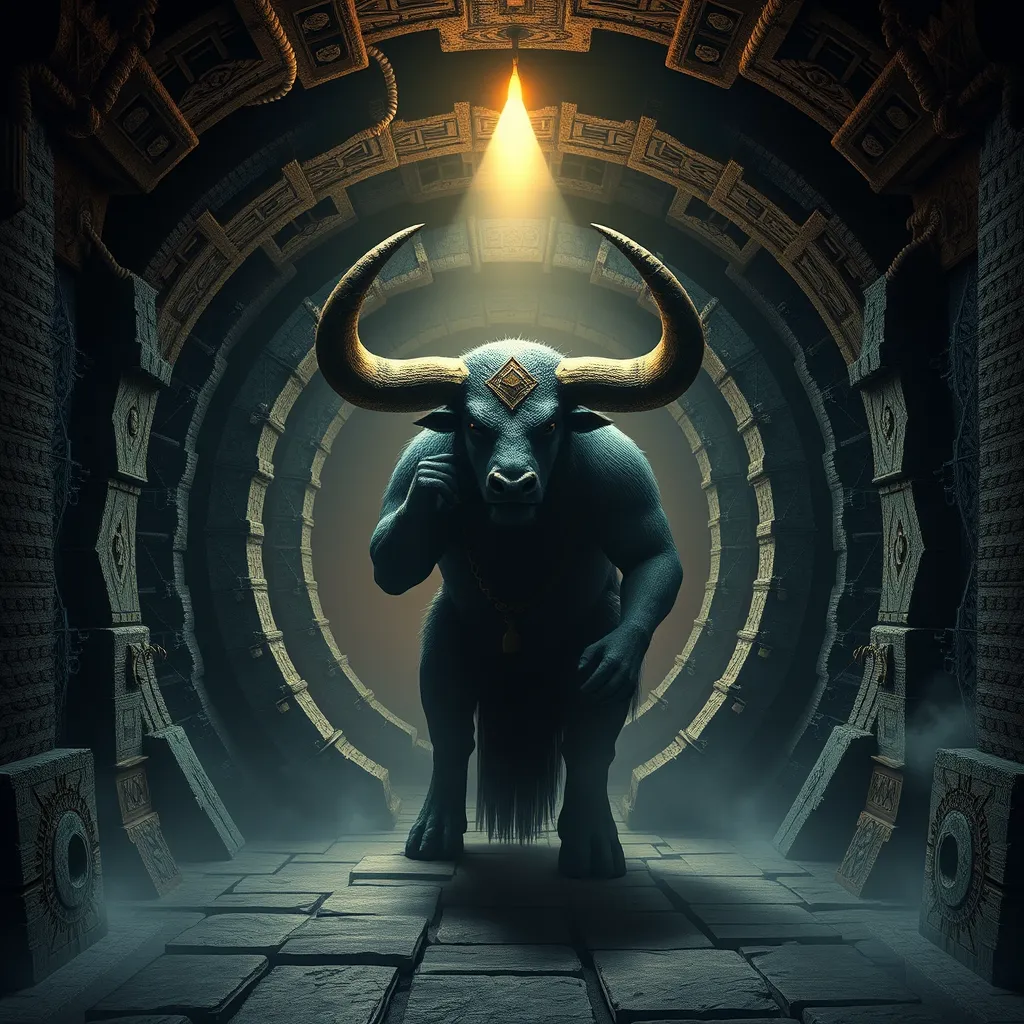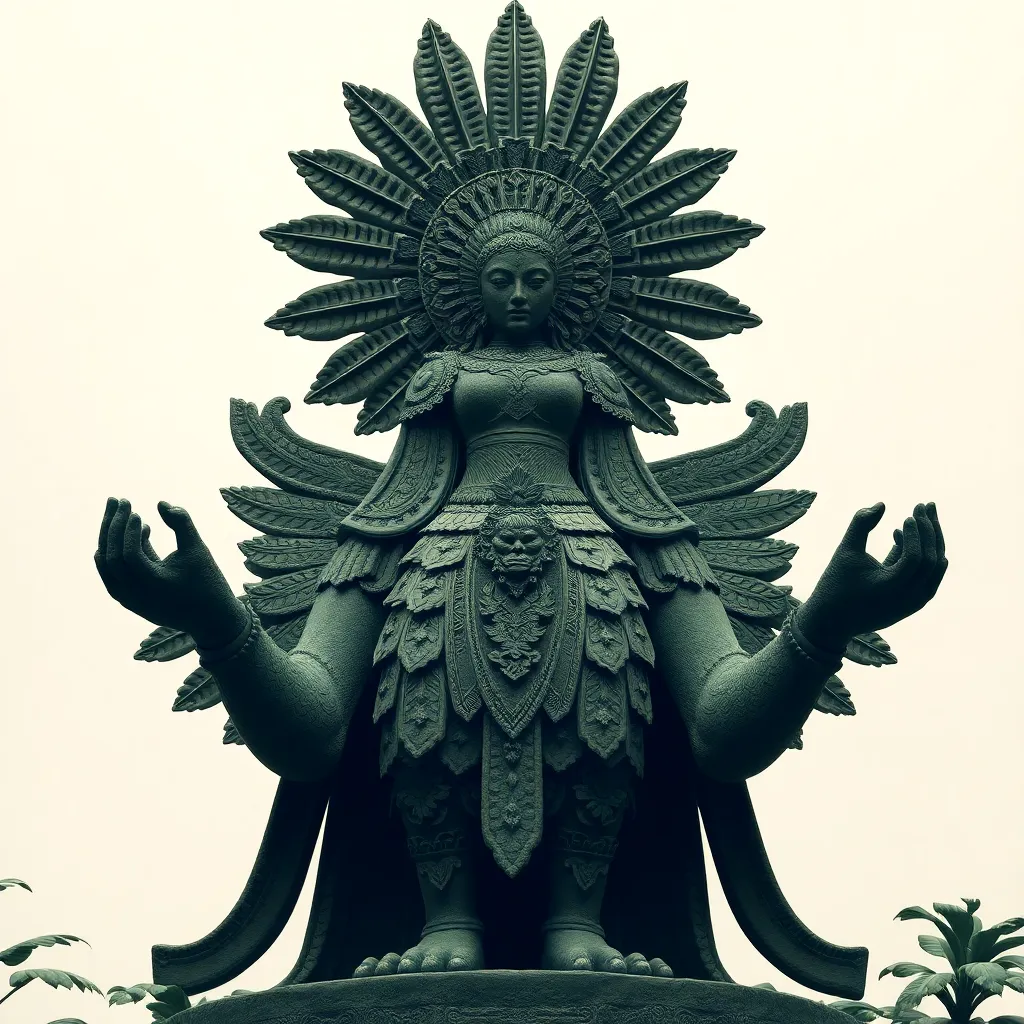Lamassu: Guardians of the Ancient World: Unveiling Mesopotamian Lore
I. Introduction to Lamassu
The Lamassu, an iconic symbol of ancient Mesopotamian culture, represents a fascinating blend of human, animal, and divine features. These mythological creatures served a dual purpose as protectors and as monumental art, emphasizing their significance in the ancient world. This article aims to explore the origins, physical attributes, architectural significance, mythological roles, artistic representations, and modern archaeological findings related to Lamassu, providing a comprehensive understanding of this remarkable figure.
II. Historical Context of Lamassu
A. Origins in ancient Mesopotamia: Sumer, Akkad, Babylon, and Assyria
Lamassu originated in the ancient civilizations of Mesopotamia, particularly within the regions inhabited by the Sumerians, Akkadians, Babylonians, and Assyrians. These cultures flourished between the Tigris and Euphrates rivers, creating rich narratives and artistic traditions that defined their eras.
B. The role of Lamassu in ancient Near Eastern religions and mythology
In the context of Near Eastern religions, Lamassu were believed to be protective spirits that guarded doors and gateways, ensuring the safety of their territories. They were often associated with the gods and were thought to possess divine qualities, embodying the guardianship of the sacred and the powerful.
III. Physical Attributes of Lamassu
A. Description of the Lamassu’s form: human, animal, and divine features
The Lamassu is typically depicted as a colossal figure with the body of a bull or lion, the wings of an eagle, and the head of a human. This hybrid form symbolizes strength, agility, and intelligence, reflecting the multifaceted nature of the creature:
- Human Head: Often depicted with a beard and elaborate headdress, representing wisdom and authority.
- Animal Body: The body of a lion or bull symbolizes power and protection.
- Wings: Wings signify divinity and the ability to soar above earthly concerns.
B. Symbolism behind the design elements (wings, horns, etc.)
The various components of the Lamassu’s design carry significant symbolic weight:
- Wings: Indicate the creature’s divine nature and its role as a messenger.
- Horns: Often represented on the heads of these figures, horns symbolize strength and the divine connection.
- Facial Expressions: The expressions often convey a sense of vigilance and readiness to protect.
IV. Architectural Significance
A. Lamassu as architectural elements: gateways and palace entrances
Lamassu often served as monumental guardians at the entrances of palaces and temples, where they were strategically placed to intimidate and protect. These impressive sculptures were not just decorative; they were integral to the architectural design, serving both functional and aesthetic purposes.
B. Examination of notable Lamassu sculptures and their locations
Some of the most famous Lamassu sculptures can be found in:
- Khorsabad: The palace of Sargon II, known for its massive Lamassu statues that stand guard at the entrances.
- Nineveh: The capital of the Assyrian Empire, featuring multiple Lamassu at its gates, showcasing the grandeur of Assyrian architecture.
- British Museum: Home to many artifacts, including a notable Lamassu from the palace of Sargon II, which has provided invaluable insights into Assyrian art and culture.
V. Mythological and Cultural Significance
A. The Lamassu in Mesopotamian mythology: protectors and guardians
In Mesopotamian mythology, Lamassu were seen as protectors of the realm, safeguarding cities and palaces from evil spirits and intruders. They were often invoked in prayers for protection and prosperity.
B. Stories and legends associated with Lamassu figures
Numerous tales depict Lamassu as fierce guardians, with legends illustrating their battles against chaos and evil forces. These stories highlight their role as mediators between humanity and the divine, reinforcing their importance in the cultural psyche of the Mesopotamians.
VI. Lamassu in Art and Iconography
A. Artistic representations throughout history and their evolution
The artistic portrayal of Lamassu has evolved over the centuries, reflecting changes in style, technique, and cultural values. From intricate bas-reliefs to grand sculptures, these figures have continued to capture the imagination of artists throughout history.
B. Influence of Lamassu on later cultures and art forms
The influence of Lamassu can be seen in various cultures and artistic styles, including:
- Persian Art: Features similar protective motifs, showcasing the cultural exchange in the ancient Near East.
- Modern Art: Contemporary artists draw inspiration from the Lamassu, using their imagery in various forms of artistic expression.
VII. Modern Discoveries and Archaeological Findings
A. Significant archaeological excavations revealing Lamassu remains
Recent archaeological excavations in Iraq and surrounding areas have unearthed numerous Lamassu remains, shedding light on their historical and cultural significance. These findings have allowed historians and archaeologists to piece together the mysteries of ancient Mesopotamian civilization.
B. Importance of these findings in understanding Mesopotamian civilization
The discoveries of Lamassu and associated artifacts have provided critical insights into the religious practices, architectural advancements, and socio-political structures of ancient Mesopotamia, enhancing our understanding of this foundational civilization.
VIII. Conclusion
A. Recap of Lamassu’s importance in ancient Mesopotamia
In summary, the Lamassu stands as a testament to the rich tapestry of Mesopotamian culture. Their role as protectors, their intricate designs, and their architectural significance underscore their importance in ancient society.
B. Reflection on the Lamassu’s legacy in contemporary culture and scholarship
The legacy of the Lamassu continues to resonate today, as they inspire modern art and evoke a sense of wonder about the ancient world. As scholars continue to study their significance, the Lamassu remains a symbol of the enduring human fascination with mythology, protection, and the divine.



